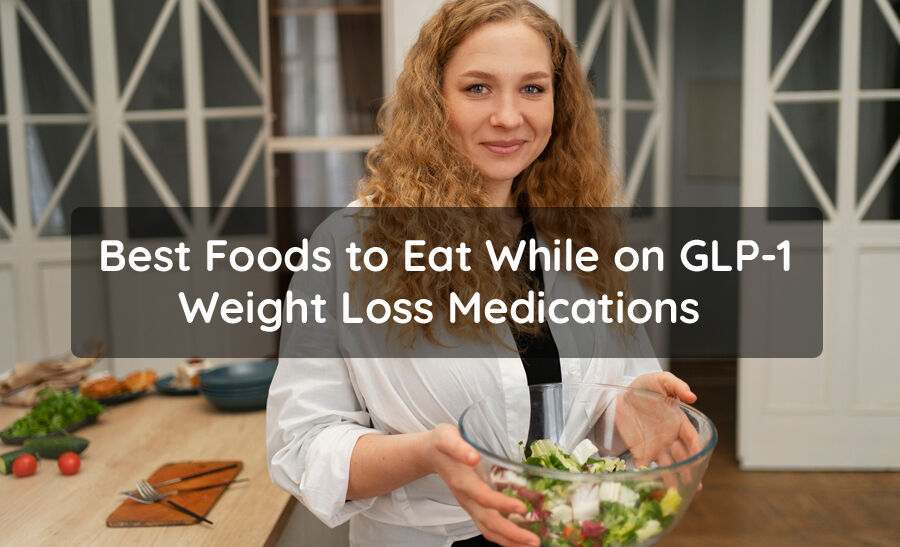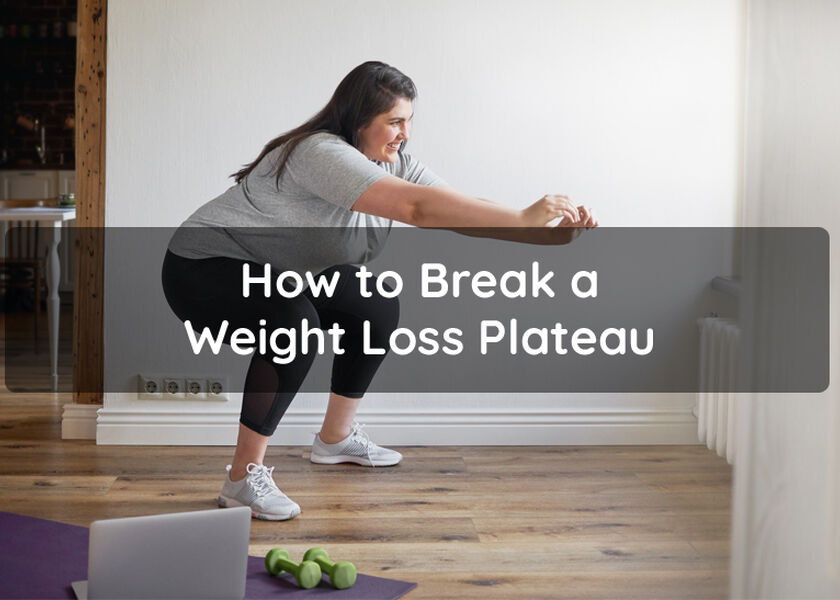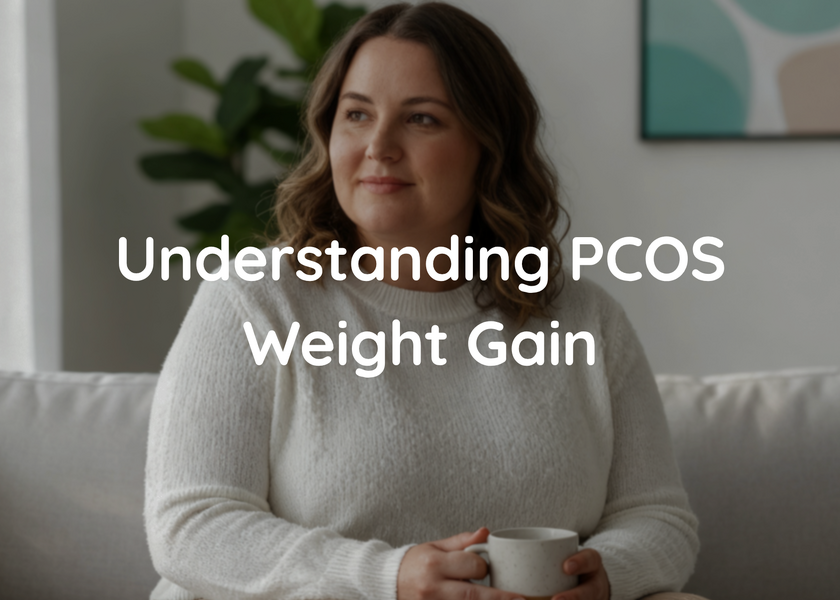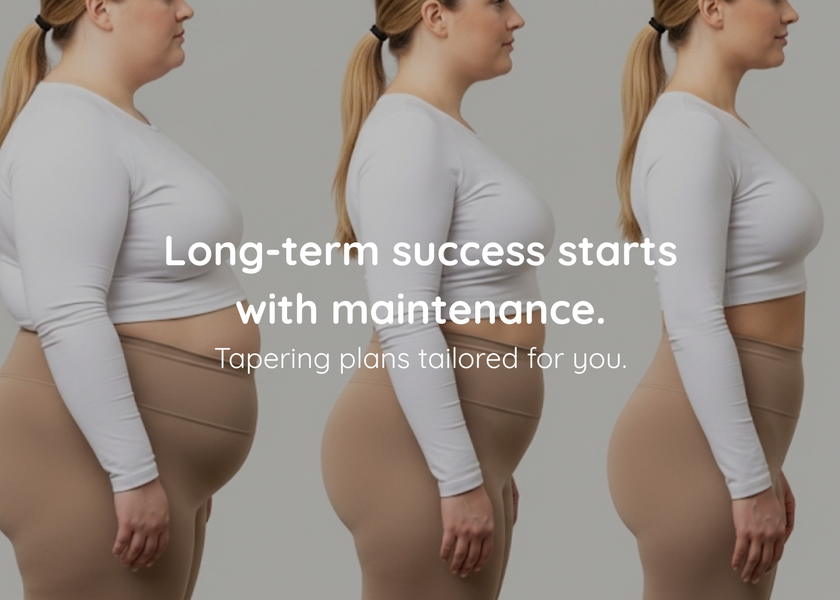
A lot of people's approach to long-term weight control has changed with the introduction of GLP-1 weight reduction drugs, including Wegovy, Ozempic, and Mounjaro (tirzepatide). However, while these injections can help control blood sugar, increase fullness, and decrease hunger, what you eat still has a significant impact on your results.
At Weight Medics, we help you with your medical and dietary journey. Additionally, we help maximise weight reduction by combining GLP-1 therapy with the right meals. This helps reduce any adverse effects and promotes long-lasting lifestyle changes.
A balanced diet rich in high-fibre foods, healthy fats, and vegetables is beneficial when taking GLP-1 medications.
Understanding How GLP-1 Medications Work
GLP-1 is a naturally occurring hormone your body releases after eating. It helps regulate appetite, digestion, and blood sugar.
Some GLP-1 agonists, like semaglutide and liraglutide, are also approved by the Food and Drug Administration (FDA)
GLP-1 weight loss medications, also known as GLP supplements or GLP-1 agonists, mimic this hormone to:
- Slow gastric emptying so that the food stays in your stomach longer
- Reduce appetite and cravings
- Improve blood sugar control
- Increase feelings of fullness
Choosing the proper meals becomes essential for preventing pain and promoting consistent, healthy weight reduction, as your digestion slows down.
Why Diet Plays a Key Role in GLP-1 Weight Loss Results
Even though GLP-1 injections suppress appetite, they don’t replace good nutrition.
When you use GLP-1 drugs, it's crucial to have a balanced diet since it can make the medicines work better at controlling your weight and blood sugar levels. Your diet is like the foundation, and your GLP-1 prescription is like the tool that builds on it.
The right diet can help you:
- Maintain muscle mass while losing fat
- Prevent nausea and digestive discomfort
- Stabilise blood sugar
- Support consistent energy levels
- Boost the metabolic effects of the medication
Best Foods to Eat While Taking GLP-1 Injections
A diet that emphasises whole, minimally processed foods is the ideal one to follow when using GLP-1 medicines.
A balanced GLP-1 diet focuses on whole, natural foods that are simple to digest and full of nutrients.
According to studies, treating type 2 diabetes includes minimizing intake of saturated fats and prioritizing a diet abundant in fruits, vegetables, legumes, and whole grains.
Here’s what to prioritise:
1.Lean Proteins
Protein is vital for preserving lean muscle during weight loss, especially when your appetite is reduced. It keeps you full for longer and supports stable blood sugar. These are both important when gastric emptying is slower than usual.
Best sources include:
- Chicken breast, turkey, lean mince
- Eggs
- Greek yoghurt or Skyr
- Tofu, tempeh, edamame
- White fish, salmon, prawns
- Cottage cheese
- Lentils, chickpeas, and beans
2.High-Fibre Vegetables
Fiber helps with digestion, reduces constipation, and keeps meals filling without adding too many calories. These veggies are good for those who use GLP-1 since they are mild, hydrating, and full of nutrients.
Best options include:
- Broccoli
- Spinach
- Courgette
- Carrots
- Cauliflower
- Peppers
- Green beans
3. Whole Grains
Whole grains deliver slow-release energy and maintain a healthy gut. It helps improve digestion and control blood sugar levels, and also works as a consistent source of energy. Don't eat too much at once; your stomach takes a long time to empty, and big carb meals might make you feel bad.
Examples include:
- Quinoa
- Brown rice
- Whole-grain pasta
- Oats
- Barley
- Whole-grain wraps or bread (in small portions)
4. Healthy Fats
Healthy fats are very important for hormone health, controlling hunger, and getting nutrients into the body. They include a lot of monounsaturated and polyunsaturated fats, which help the body release GLP-1. Fats are heavy in calories, so it's important to watch how much you eat. A little bit goes a long way.
Best choices:
- Avocado
- Olive oil
- Nuts and seeds
- Peanut or almond butter
- Oily fish such as salmon and sardines
5. Hydrating Foods
Hydration is essential for GLP-1 medications. Water-rich foods help prevent constipation and nausea. If you struggle with water intake due to nausea, hydrating fruits can be easier to tolerate.
Hydrating food list:
- Cucumbers
- Watermelon
- Berries
- Grapes
- Oranges
- Soups and broths
- Herbal teas
Foods to Limit or Avoid on GLP-1 Treatments
It's better to avoid meals that might cause sudden rises in blood sugar levels or hinder the medication’s effectiveness when using GLP-1 medications.
Certain foods can make nausea worse, induce indigestion, or slow down the digestive process even more.
This includes:
- High-fat fried foods
- Sugary foods and beverages
- Greasy or heavily processed foods
- Refined carbohydrates
- Alcohol
A study involving 72 participants with obesity revealed that those with high added sugar intake experienced the smallest increase in GLP-1 levels following glucose consumption.
Meal Planning Tips for GLP-1 Users
- Eat small, frequent meals.
- Chew thoroughly and eat slowly.
- Prioritise protein at each meal.
- Listen to your fullness cues.
- Avoid lying down immediately after eating.
- Stay hydrated throughout the day.
The bottom line is that GLP-1 medications are powerful tools for weight loss, but the right nutrition amplifies their benefits.
By focusing on lean proteins, fibre-rich vegetables, whole grains, healthy fats, and hydrating foods, you support your body through treatment and create healthy habits that last.
What to eat while on a GLP-1?
Prioritise lean proteins, high-fibre vegetables, whole grains, healthy fats, and hydrating foods. Avoid fried foods, sugary snacks, and large, heavy meals.
How to maximise weight loss on GLP-1?
Eat balanced, protein-rich meals and stay hydrated. While on your GLP-1, you should move regularly, even if it's just walking, and carefully follow medical guidance on dosing.
What to eat on weight loss injections?
Choose foods that are gentle on digestion and support fullness: yoghurt, eggs, vegetables, oats, fish, tofu, and whole grains.
How much protein should I eat a day on GLP-1?
One should aim for at least 1.2–1.6g of protein per kg of body weight daily, unless advised otherwise by a clinician. This helps maintain muscle while losing fat.







